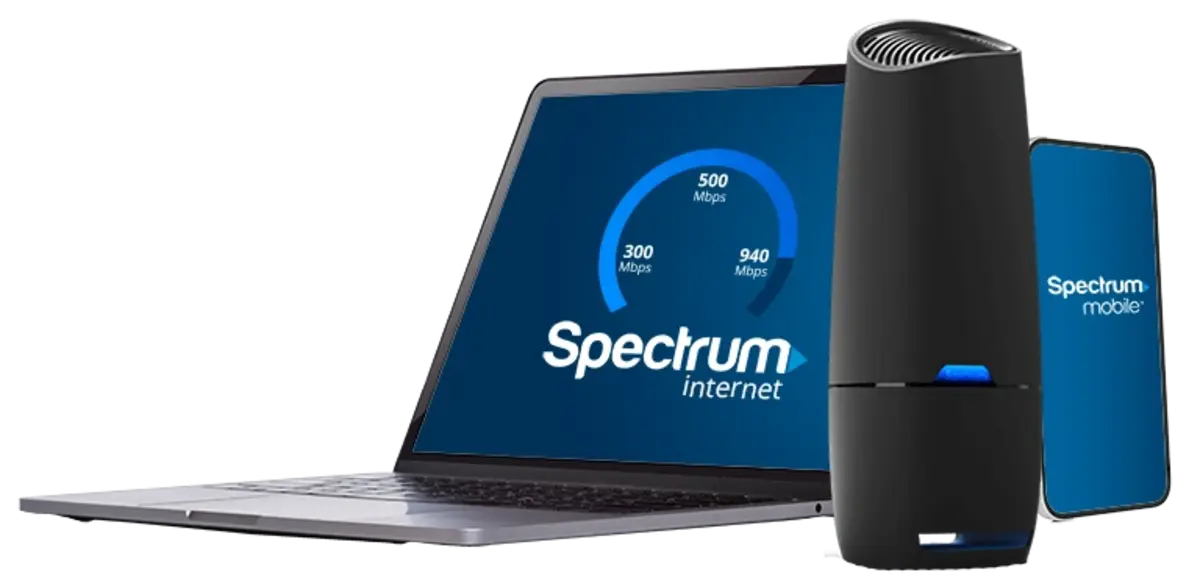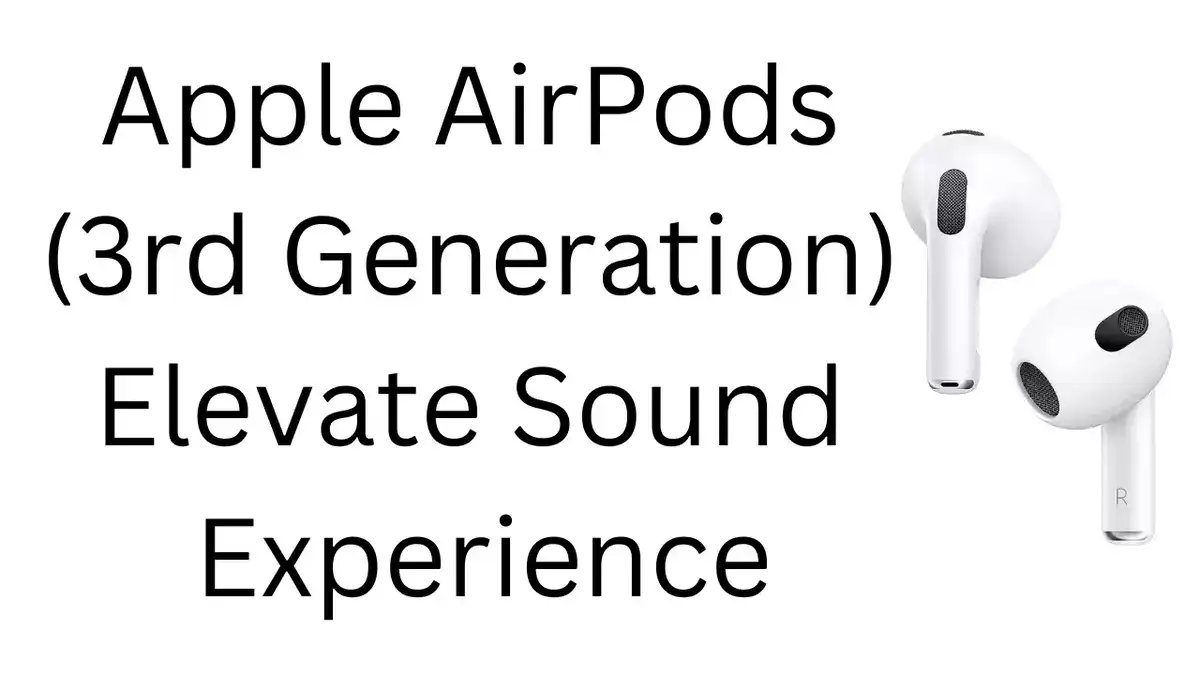Today’s Wi-Fi 7 already allows 320 MHz-wide channels in the 6 GHz band. That’s a huge leap from the 160 MHz (or less) many networks use. But there’s a practical limit: you can only fit so many clean, ultra-wide channels in 6 GHz before devices and neighbors start stepping on each other.

The demo showed what happens if you add just a bit more spectrum above 7.125 GHz. That extra ~125 MHz is enough headroom to stitch together options like four 320 MHz channels or even two 640 MHz channels in future standards—then MLO (multi-link operation) coordinates multiple links at once to deliver close to 10 Gbps to a single client.
Why this matters: Bigger channels = more raw capacity. MLO lets devices use multiple radios/links concurrently (for throughput and reliability). Put them together and you get wired-like peaks over the air—if the spectrum exists and client devices support it.
The Policy Angle: The 7 GHz Question
The 6 GHz band (5.925–7.125 GHz) is already a landmark win for unlicensed Wi-Fi in the U.S., with momentum continuing and public commitments to protect that decision. The fresh ask is to expand unlicensed use “just above” 7.125 GHz to unlock the headroom needed for whole-home multi-gig Wi-Fi. This isn’t a finished rulemaking—it’s an argument industry is making right now.
Spectrum (Charter) and Broadcom explicitly positioned the demo as proof that opening a sliver of the 7 GHz band translates directly into consumer-visible gains: higher peak rates, more capacity for many devices, and better stability in busy homes.
What Was Actually Shown
- Throughput: Near-10 Gbps to a single device (peak lab/demo conditions).
- Spectrum use: Full 6 GHz + ~125 MHz at 7.125–7.25 GHz.
- Channelization: Four × 320 MHz or two × 640 MHz as the conceptual end-state.
- Technology assist: MLO orchestrating multiple ultra-wide links.
- Setting: SCTE TechExpo25 in Washington, D.C.
- Hardware context: Spectrum’s Advanced Wi-Fi 7 CPE platform anchored the showcase.
A number often tossed around is “up to ~20 Gbps” potential if more upper-7 GHz spectrum opens up and future standards/hardware adopt 640 MHz channel options at scale. Treat that as forward-looking, not a shipping spec.
Read Also: Top 10 Wireless Wi-Fi Routers of 2025: Future-Proof Your Internet Experience
How Close Is This to Real Life?
The optimistic case
- Regulatory green light: If regulators approve additional unlicensed 7 GHz use, the Wi-Fi ecosystem (chipsets, routers, clients) can evolve quickly—we’ve already seen fast ramps in 6 GHz adoption.
- Ecosystem alignment: Vendors like Broadcom are already optimizing Wi-Fi 7 silicon and features (MLO, 320 MHz) that would benefit immediately from extra spectrum.
The practical caveats
- Demo ≠ product: This was a showcase to illustrate what’s possible if new spectrum becomes available. Timelines depend on policy decisions and device roadmaps.
- Environment matters: Peak lab-style numbers are hard to reproduce across walls, interference, and real client placement. Even Wi-Fi 7’s current 320 MHz can be constrained in typical homes. (Independent testing shows multi-gig is possible, but not guaranteed across rooms.)
- Client parity: You’ll need Wi-Fi 7 clients (laptops/phones) with strong radio chains and MLO support to realize meaningful gains.
Who Benefits First?
- High-density homes: Many simultaneous 4K/8K streams, cloud gaming, workstation-grade file sync, and latency-sensitive apps will breathe easier when congestion drops.
- Power users & creators: Multi-gigabit LAN transfers (NAS ↔ laptop), ultra-high-bitrate video workflows, and speedy downloads without dragging Ethernet to every room.
- Venue-style setups (future-facing): Apartments, MDUs, and mesh systems where clean, ultra-wide channels reduce contention.
What You Can Do Today to Prepare
- Adopt Wi-Fi 7 where it counts. If you’re refreshing gear soon, choose Wi-Fi 7 routers/APs with MLO support and at least one 320 MHz-capable radio. That positions you for incremental gains now—and bigger jumps later if 7 GHz opens. Spectrum
- Use multi-gig backhaul. A 10 Gbps air link won’t shine if your router’s WAN/LAN is 1 Gbps. Prefer 2.5G/5G/10G Ethernet for backhaul and wired uplinks where possible.
- Optimize AP placement over raw power. Ultra-wide channels are sensitive to attenuation. Place APs centrally, reduce obstructions, and consider wired or multi-gig mesh backhaul for far rooms.
- Segment your SSIDs smartly. Put high-throughput devices on the 6 GHz SSID, leave legacy devices on 2.4/5 GHz to free up wide channels.
- Mind your internet tier. To feel multi-gig Wi-Fi, your broadband plan should also be multi-gig (or your workloads should be LAN-bound).
Will We Really See 20 Gbps?
**Possibly, eventually—**but it relies on two things coming together:
- Policy: Opening more unlicensed upper-7 GHz spectrum.
- Standards & silicon: Mainstream support for 640 MHz-class channels and robust MIMO/MLO across clients and APs. Early industry commentary suggests this is a plausible path as standards iterate beyond Wi-Fi 7.
In other words: reachable, not imminent.
Realistic Expectations for 2025–2026
- More Wi-Fi 7 CPE and clients with 6 GHz and MLO support show up in homes; practical multi-gig peaks become more common in ideal rooms.
- Policy conversation heats up around upper-7 GHz unlicensed use, with industry showing tangible demos (like this one) as evidence.
- Venue and enterprise pilots keep pushing 6 GHz density and best practices while watching 7 GHz developments.
Read Also: Infinix’s New Smartphone: Bold Claims, Exciting Specs, and Questions You Should Ask
Frequently Asked Questions
Q1: Does this mean I’ll get 10 Gbps over Wi-Fi at home next month?
A: No. The demonstration shows what’s technically achievable with additional 7 GHz spectrum and advanced Wi-Fi 7 features. Consumer availability depends on regulatory approval and new device support.
Q2: What exactly did they add beyond 6 GHz?
A: Roughly 125 MHz between 7.125–7.25 GHz to create space for more/wider channels, coordinated by MLO—that’s how the demo hit near-10 Gbps.
Q3: Is Wi-Fi 7 still worth it if 7 GHz isn’t open yet?
A: Yes. Wi-Fi 7 brings 320 MHz channels, MLO, and better scheduling even in today’s 6 GHz. You’ll see lower latency and higher peaks in the best rooms, and better resilience in busy homes.
Q4: How close do I need to be to the AP for multi-gig speeds?
A: Ultra-wide channels perform best at shorter ranges with fewer obstructions. Independent testers have logged multi-gig links, but placement and environment are decisive.
Q5: What should I upgrade first—my router or my devices?
A: Ideally both, but start with a Wi-Fi 7 router/AP with multi-gig Ethernet. Then prioritize Wi-Fi 7 clients (laptops/phones) so they can use MLO and wide channels.
Action Checklist for Site Owners and Power Users
- Upgrade core router/AP to Wi-Fi 7 with MLO and 2.5G+ ports
- Run wired backhaul where feasible; use multi-gig switches for backbone
- Place APs strategically; minimize walls/water/metal in the Fresnel zone
- Split bands/SSIDs: keep 6 GHz for modern, high-throughput devices
- Audit client fleet: plan staggered refresh to Wi-Fi 7 client radios
- Monitor policy news: if/when upper-7 GHz opens, consider CPE refresh for the next ceiling
Citations & Further Reading
- Broadband Breakfast report on Spectrum & Broadcom’s near-10 Gbps Wi-Fi demo and policy push for unlicensed 7 GHz.
- Charter (Spectrum) newsroom post on the SCTE TechExpo25 demonstration and rationale for upper-7 GHz access.
- Wi-Fi NOW technical explainer: using two 320 MHz links via MLO plus ~125 MHz of 7 GHz to reach near-10 Gbps; channelization details.
- TV Technology coverage of the demo, including the four 320 MHz / two 640 MHz channel concept and 20 Gbps potential.
- Light Reading brief: combining 6 GHz with 125 MHz at 7.125–7.25 GHz to achieve near-10 Gbps.
- Policy backdrop from Broadband Breakfast and RCR Wireless on protecting 6 GHz for Wi-Fi and interest in unlicensed 7 GHz extensions.
- Spectrum’s consumer Advanced Wi-Fi product page (context for current CPE).



